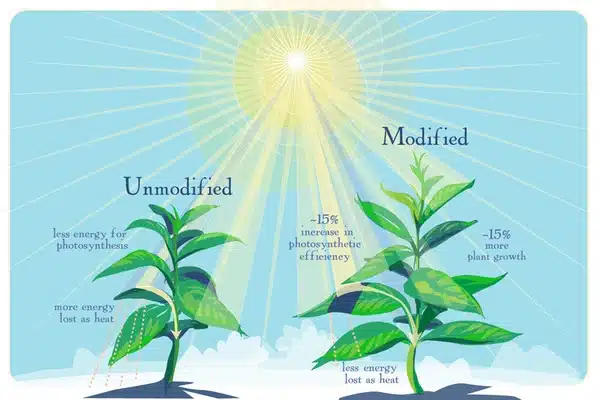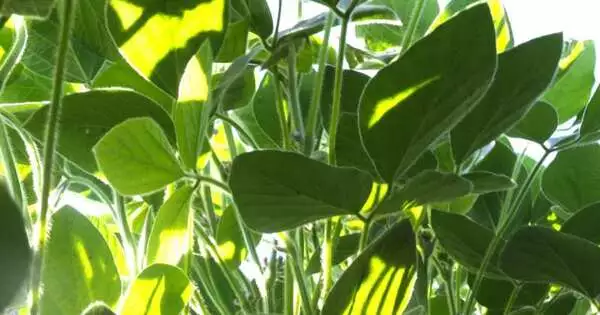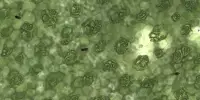Improving photosynthesis in plants has long been a goal of crop productivity researchers and scientists. Photosynthesis is the process by which plants convert sunlight, water, and carbon dioxide into energy-rich molecules such as glucose, which serves as a structural component for plant growth and development.
A team from the University of Illinois modeled improved photosynthesis via enzyme modification and simulated soybean growth under realistic climate conditions to determine the extent to which photosynthesis improvements could result in increased yields.
“There is a complex relationship between photosynthesis improvement and actual yield; higher photosynthesis does not always imply higher yield. The yield return is heavily influenced by seasonal climate conditions,” said Yufeng He, a postdoctoral researcher at Illinois who led this work for the Realizing Increased Photosynthetic Efficiency (RIPE) research project. “This research has built a link between photosynthesis improvements and higher yields at the field scale.”
There is a complex relationship between photosynthesis improvement and actual yield; higher photosynthesis does not always imply higher yield. The yield return is heavily influenced by seasonal climate conditions.
Yufeng He
RIPE, led by Illinois, is improving photosynthesis, the natural process by which all plants convert sunlight into energy and yields, to make crops more productive. The Bill & Melinda Gates Foundation, the Foundation for Food & Agriculture Research, and the United Kingdom’s Foreign, Commonwealth, and Development Office all contributed to this RIPE study.
He and his colleagues in the Matthews Research Group used the BioCro modeling framework to simulate soybeans in Illinois fields under normal and elevated CO2 conditions, focusing on two key parameters that affect the plant canopy’s photosynthetic process: Jmax and Vcmax. They wanted to determine the effect of boosting these photosynthetic processes at the canopy level, rather than just at the leaf level, and determine if the effects could lead to higher yields under a range of climate conditions.

The researchers discovered that when plants were simulated in a high CO2 environment, the overall returns in plant photosynthesis and pod biomass (yields) were affected. They also discovered that the correlations between increased photosynthesis and increased yield were affected by climate conditions at various stages of soybean growth. Their research was recently published in the journal Field Crops Research.
“There has been evidence showing that photosynthesis can be improved by modifying certain enzymes, but most of these studies were either done only looking at the leaf-scale impacts or the impacts from a limited number of field trials and seasonal climate conditions,” said Megan Matthews, Assistant Professor in the Department of Civil and Environmental Engineering at Illinois and Principal Investigator on the research. “We studied the impacts of seasonal climate conditions at the field level on the improvements of photosynthesis. Using realistic climate inputs to run our models and show how those improvements would vary with different climates.”
The researchers’ next steps will be to incorporate more detailed mechanistic models and specific data from African plant cultivars and environmental conditions in order to apply the findings to crop growth in Sub-Saharan Africa.















